In the process of home decoration, we often ignore some potential dangers. Many decoration materials and decoration items have certain hidden dangers. If you touch these places, it may cause harm to your body. Therefore, we should pay attention to the following places that cannot be touched during decoration:
- Electrical wires and sockets
During the decoration process, we often need to install some electrical appliances and wiring. However, these electrical wires and sockets are very dangerous. If you touch them without proper insulation, it may cause electric shock and even cause fire. Therefore, we should not touch these places, especially children. - Gas pipelines
Gas pipelines are also very dangerous places for home decoration. If the gas pipeline is not installed properly or leaked, it may cause gas poisoning or explosion. Therefore, we should not touch these places, especially children. - Sharp edges and corners
Sharp edges and corners are very dangerous in home decoration. If you touch these places, it may cause cuts or scratches on your skin. Therefore, we should not touch these places, especially children. - Toxic paints and adhesives
During the decoration process, we often need to use paints and adhesives. However, some paints and adhesives contain toxic substances that may cause harm to the human body if not handled properly. Therefore, we should pay attention to choosing environmentally friendly paints and adhesives and avoid touching these places directly.
In short, home decoration is a complex project that needs to pay attention to many details. We should pay attention to the safety of decoration materials and items, especially the above places that cannot be touched during decoration. This will help us avoid potential dangers and ensure the safety of our family members.
Non-load-bearing wall

When decorating, we often need to remove some walls or partitions to make the space more open and comfortable. However, not all walls can be removed at will. The non-load-bearing wall, which is also called the partition wall, usually cannot be removed without permission.
The reason is that the non-load-bearing wall plays a supporting role in the building, and its removal may affect the stability and safety of the building structure. If you want to remove a non-load-bearing wall, you need to get the consent of the building management or relevant departments to ensure that the structure is safe.
In addition, even if you have permission to remove a non-load-bearing wall, you still need to pay attention to some details. For example, if the wall is connected to the floor or roof, it cannot be removed without considering the impact on the entire building structure. In addition, if pipelines or wires are passing through the wall, they need to be cut off or moved before the wall is removed.
In short, when decorating, we should carefully consider whether it is necessary to remove the wall, and if necessary, we should get the permission of the relevant departments and strictly follow the relevant construction procedures to ensure that the structure is safe and reliable.
The balcony side of the low wall
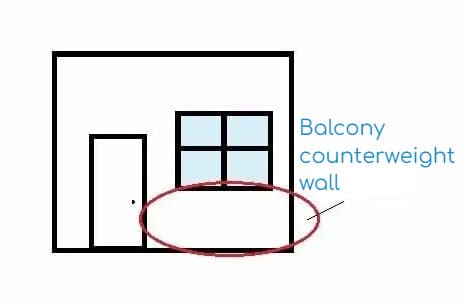
It is indeed a very dangerous act to demolish the counterweight wall below the window on the balcony, as it is the main support of the balcony. If this wall is removed, it may cause the balcony to collapse, which may cause serious harm to people and property. Therefore, when decorating, we should not touch this place.
In addition, when decorating the balcony, we should also pay attention to the selection of decoration materials. Because the balcony is usually exposed to the outdoor environment, it needs to withstand wind and rain and should choose materials that are strong and not easy to damage. At the same time, we should also pay attention to the waterproof treatment of the balcony to prevent water seepage and erosion.
In short, when decorating, we should carefully consider the safety and practicality of each place, especially some dangerous places that cannot be touched. This will help us avoid potential dangers and ensure that the decoration project can be safely completed.
Horizontal slotting
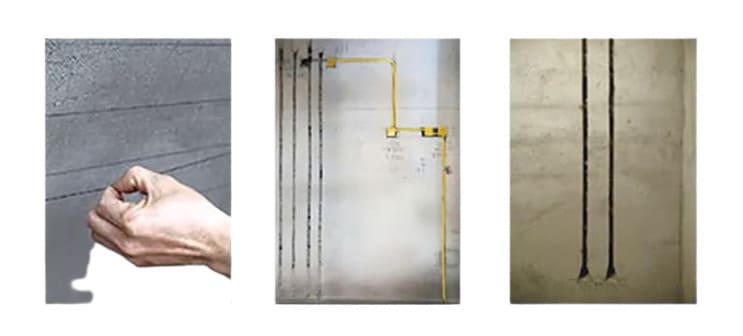
It is indeed dangerous to make horizontal grooves on the wall, especially on the load-bearing wall. This kind of operation will damage the wall structure, reduce its load-bearing capacity and stability, and may cause cracks and collapses under certain circumstances, such as earthquakes or strong shaking. Therefore, when installing lamps or other devices on the wall, we should not make horizontal grooves on the wall, especially on the load-bearing wall.
If it is necessary to make horizontal grooves on the wall, we should first understand the type of wall and its structural characteristics. For non-load-bearing walls, we can make horizontal grooves with reasonable width and depth to ensure that the wiring can be installed. However, for load-bearing walls, we should avoid making horizontal grooves to maintain the stability and safety of the building structure.
In addition, when making horizontal grooves on the wall, we should also pay attention to some details. For example, if the wall is connected to the floor or roof, it cannot be made without considering the impact on the entire building structure. In addition, if pipelines or wires are passing through the wall, they need to be cut off or moved before making the grooves.
In short, when installing lamps or other devices on the wall, we should carefully consider whether it is necessary to make horizontal grooves on the wall, and if necessary, we should get the consent of relevant departments and strictly follow relevant construction procedures to ensure that the structure is safe and reliable.
Gas lines
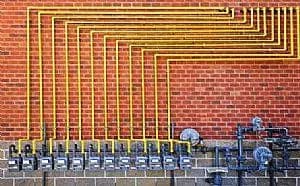
It is indeed dangerous to tamper with the gas lines during decoration, because the gas lines are the main media for gas transmission in buildings, and any damage or displacement may cause gas leakage and other safety hazards. Therefore, when decorating, we should pay attention to the location of gas lines and ensure that they are not damaged or disturbed.
If it is necessary to modify or install some pipelines or equipment in the room, we should first understand the location and structure of the gas lines, and avoid any operation that may damage or displace the gas lines. At the same time, we should also comply with relevant safety regulations and ensure that the distance between power lines and equipment and gas pipelines meets the requirements to avoid potential safety hazards.
In addition, if there are any doubts or problems about the gas lines, we should consult professionals or relevant departments as soon as possible to ensure that the decoration project can be safely completed.
Chandelier bearing
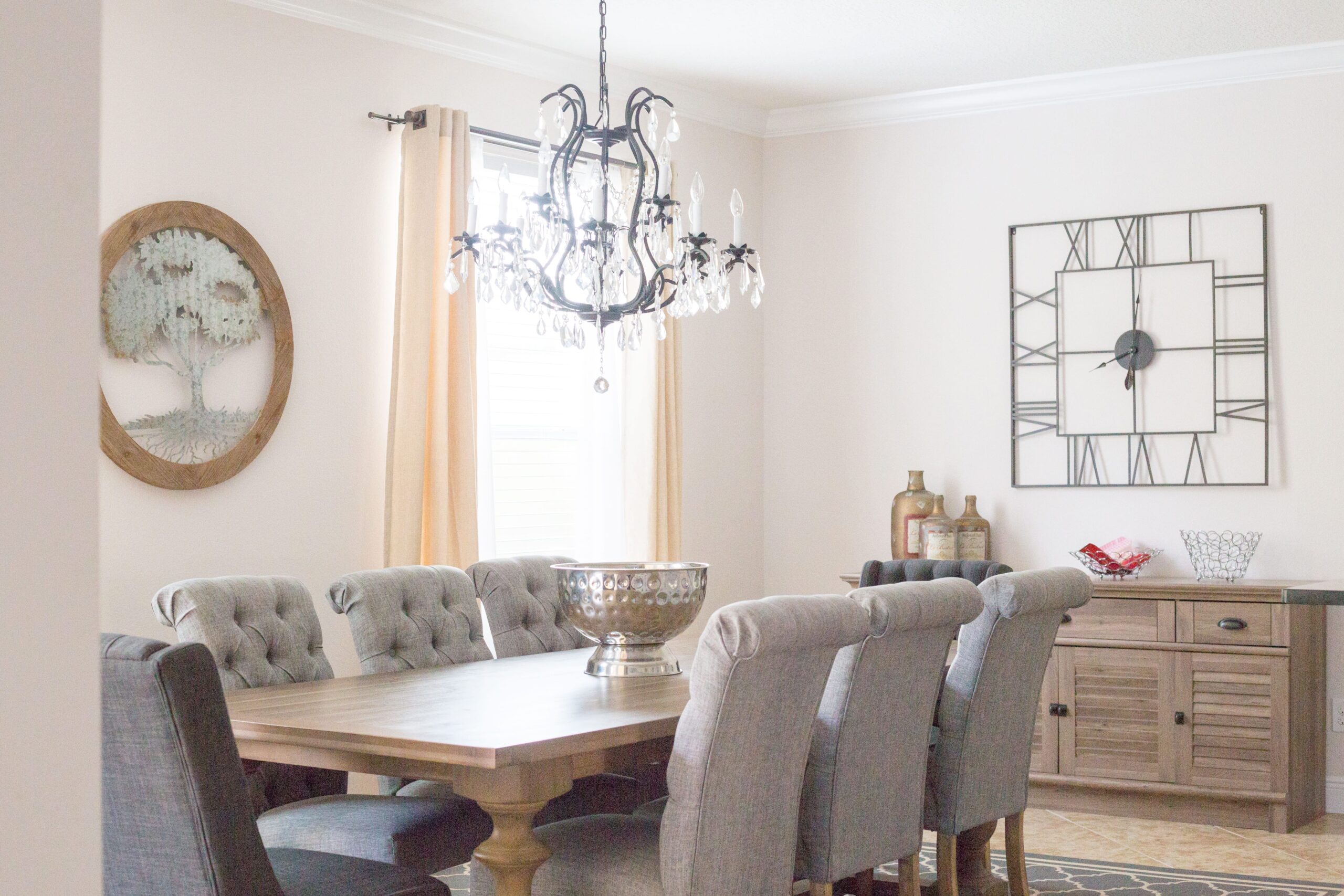
It is indeed necessary to carefully consider the installation of crystal chandeliers because crystal chandeliers are usually relatively heavy and have strict installation requirements. If the installation is not firm, it may cause damage to the ceiling and other parts of the building, and even cause safety hazards.
When installing a crystal chandelier, we should first understand its weight and load capacity, and choose appropriate installation methods and materials to ensure that the installation is firm and reliable. At the same time, we should also comply with relevant construction regulations and safety standards to avoid potential safety hazards.
In addition, when choosing a crystal chandelier, we should also pay attention to its style, function, and quality, and try to select a more suitable and practical model according to the needs of our decoration. At the same time, we should also pay attention to the use of crystal chandeliers, and try to avoid excessive use or improper use to avoid damage to the chandelier itself or other parts of the building.
Stairs
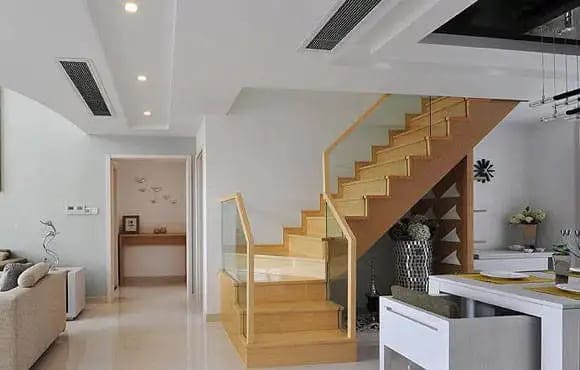
It is indeed necessary to pay attention to the safety of indoor stairs, because stairs are one of the important parts of indoor decoration, and improper design or use may cause falls and other safety hazards. Therefore, when purchasing indoor stairs, we should consider not only the aesthetic and practical aspects but also the safety factors.
First, the design of the stairs should comply with relevant construction regulations and safety standards, and ensure that the design is reasonable and safe. The width and height of each step should be appropriate, and the slope should not be too steep or too flat.
Second, it is recommended to install fences at the top and bottom of the stairs to prevent people from falling off. In addition, anti-skid strips can be pasted on the stairs to increase the friction between the feet and the stairs, reducing the risk of falls.
Third, non-slip foot mats can be paved on the stairs to further improve the safety of the stairs. The foot mats should be fixed firmly to avoid displacement or sliding during use.
Finally, it is recommended to regularly inspect and maintain the stairs to ensure that they are in good condition and safe to use. If there are any problems or damage, they should be repaired or replaced in time to avoid potential safety hazards.

